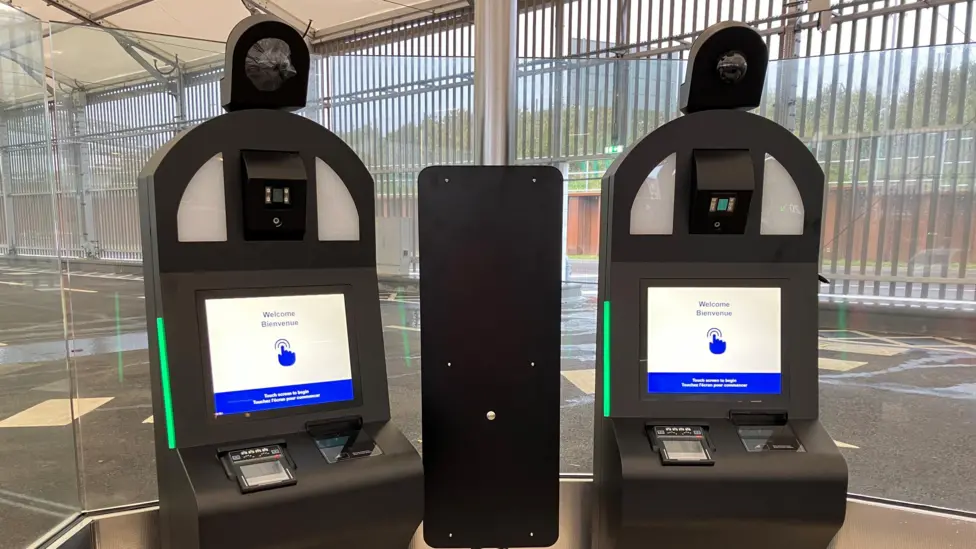 Shani Perera
Travel News
#EU travel 2025
#EES explained
#UK to EU travel rules
#European Union news
#passport stamp replacement
Shani Perera
Travel News
#EU travel 2025
#EES explained
#UK to EU travel rules
#European Union news
#passport stamp replacement

October 14, 2025
The European Union officially started implementing its long-awaited Entry/Exit System (EES) on Sunday. This change will significantly alter how non-EU nationals, including British citizens, enter and leave the Schengen zone.
With the new system, travellers must register their biometric data, which includes facial photographs and fingerprints, along with their passport details and travel dates. The goal is to end the manual stamping of passports and replace it with secure electronic tracking of all border crossings.
Gradual roll-out to avoid disruption
To avoid immediate bottlenecks, the launch will happen gradually over six months, with full implementation expected by 10 April 2026. During this transition, travellers may still see passport stamps in some cases as the new system is introduced.
In the first phase, selected border points in each participating country will start registration, with coverage expanding to 10 percent of border crossings within 60 days.
Who and where it applies
EES applies to short-stay visitors from non-EU countries, allowing 90 days within any 180-day period. It affects all EU Member States in the Schengen area, except Cyprus and Ireland. It also includes non-EU Schengen-associated states like Norway, Switzerland, Iceland, and Liechtenstein.
Children under 12 do not need to submit fingerprints but still require a facial image. Those who do not provide the required biometric data may be denied entry.
Impact for UK travellers
British citizens and other non-EU travellers will initially submit their data either at departure points in the UK, such as Dover and Eurostar terminals, or at entry points in Europe, depending on their mode of travel.
At Dover and the Eurotunnel terminal, bus and freight traffic are already subject to EES checks, and passenger car checks will begin in November. Eurostar is adding registration terminals at St Pancras as part of a phased rollout.
On later trips, travellers will only need facial biometric verification instead of full re-registration, which is expected to make the process faster.
Aims, concerns and safeguards
The EU wants EES to improve border security, identify visa overstays, reduce identity fraud, and provide reliable data about traveller movements.
However, there are concerns about possible delays during busy periods, especially at congested border crossings, and whether the infrastructure can handle the change. To reduce disruptions, border authorities might temporarily pause EES processing during heavy traffic.
Data collected under EES will be stored for up to three years, after which it will be deleted, except in some special cases, such as legal investigations.
What travellers should do
- Allow extra time when crossing EU borders during the initial rollout phase.
- Be ready to register biometric information at kiosks or border booths, especially during your first entry.
- Have documents and travel plans available, as travellers may still be asked questions about accommodation, finances, and return plans.
- As the EES becomes fully operational, travellers can expect smoother and faster border crossings, with passport stamps gradually disappearing.